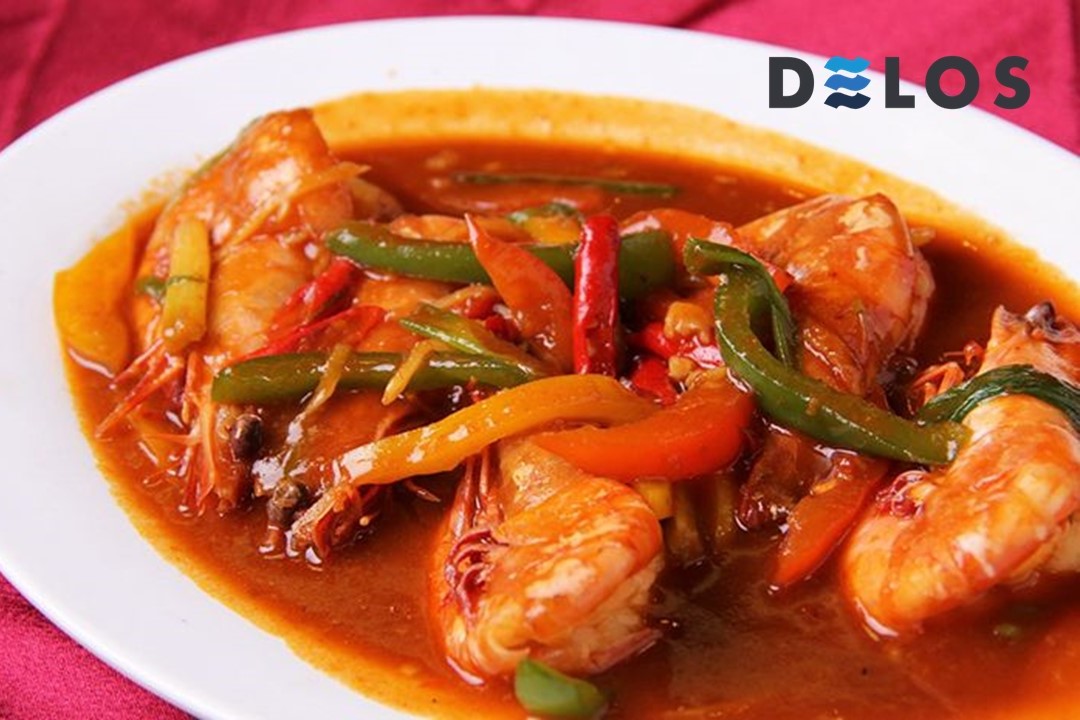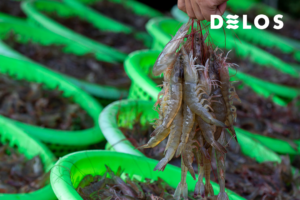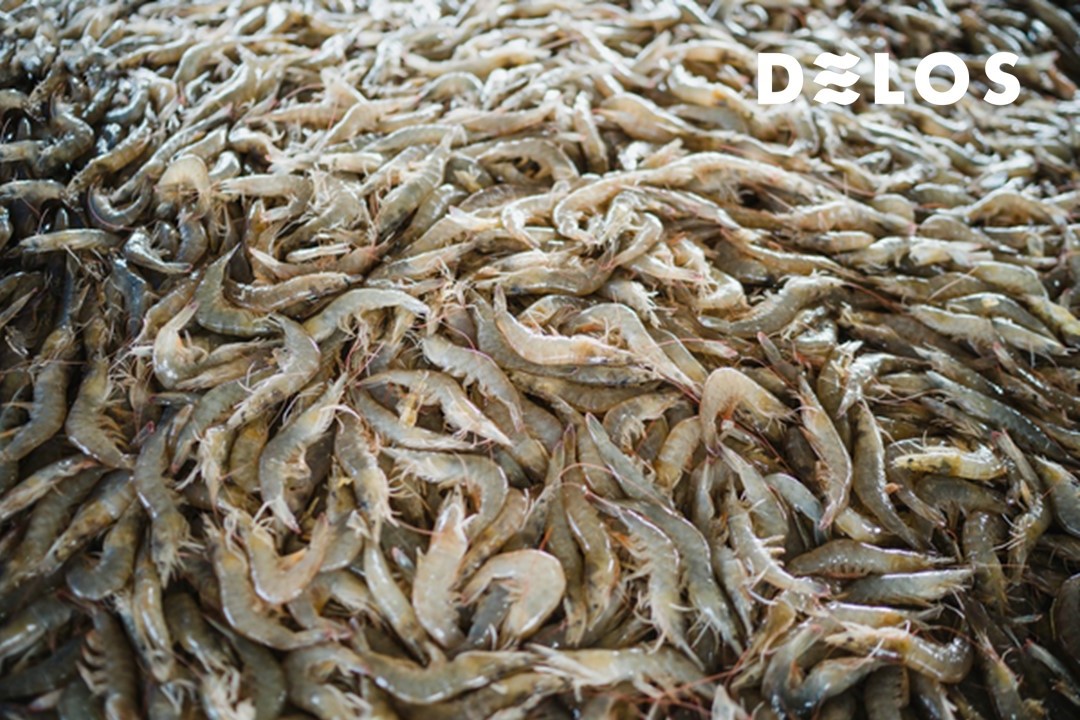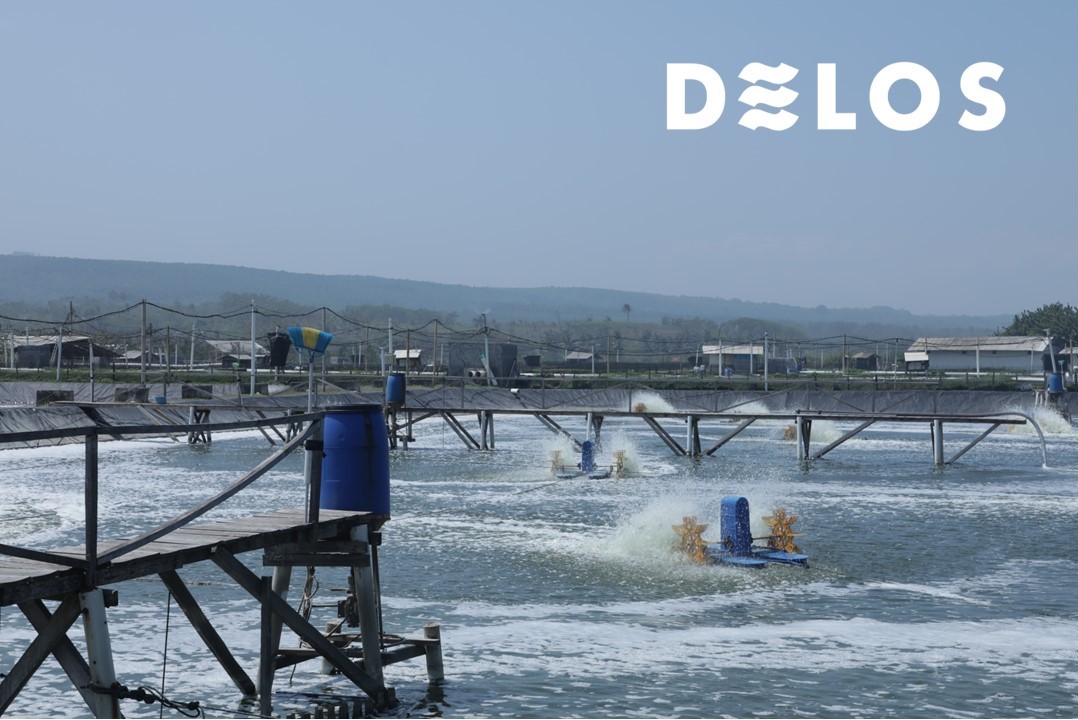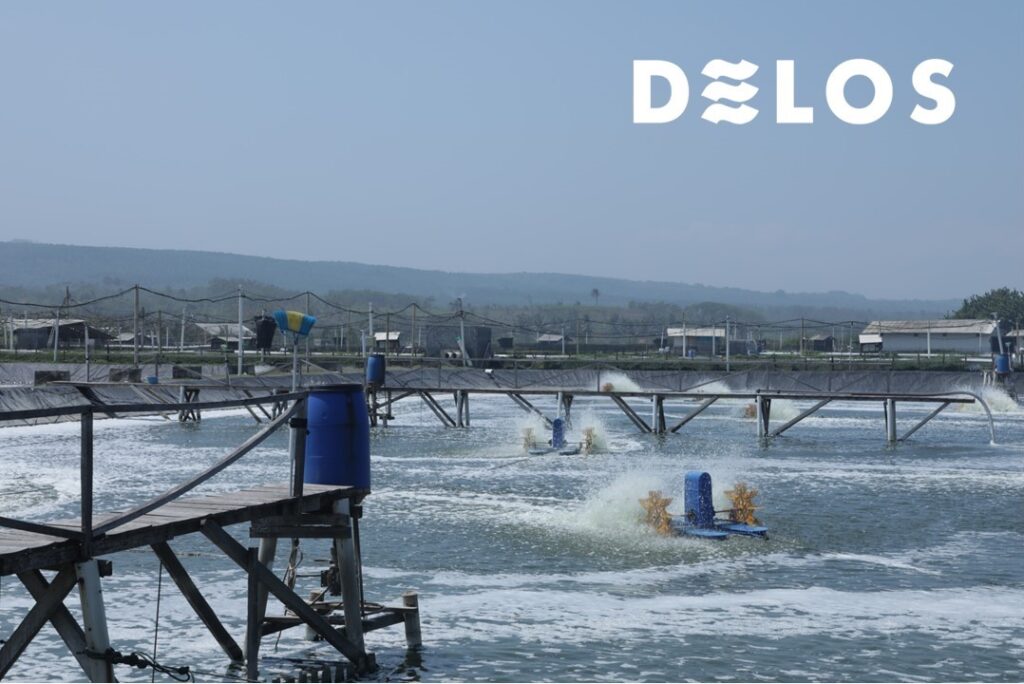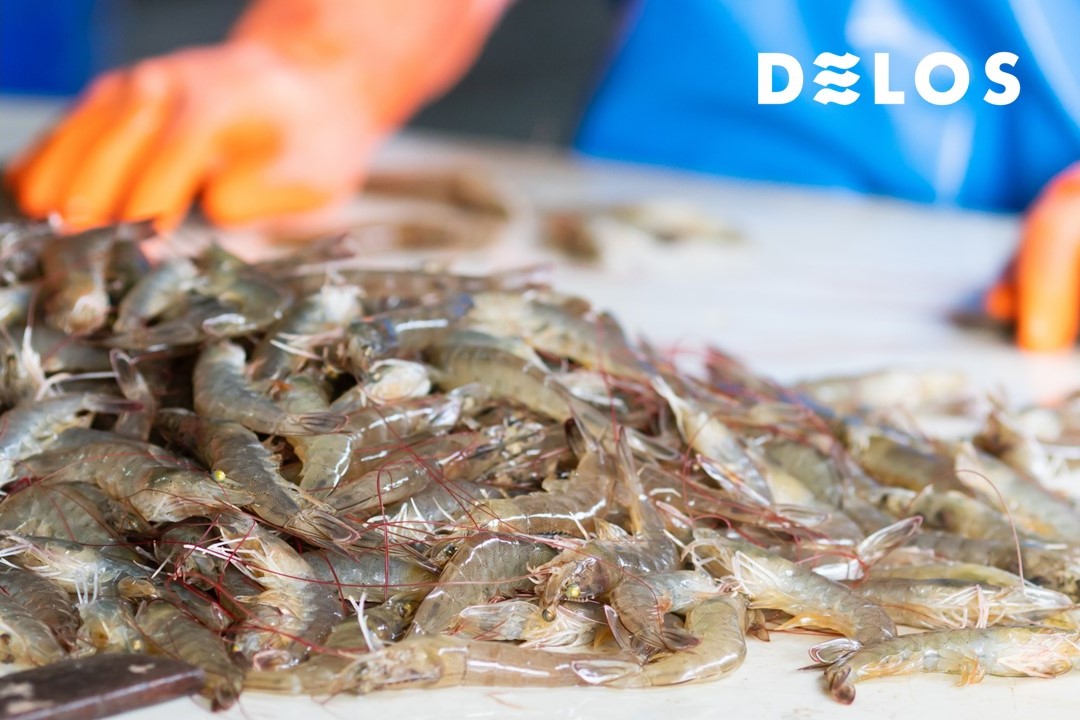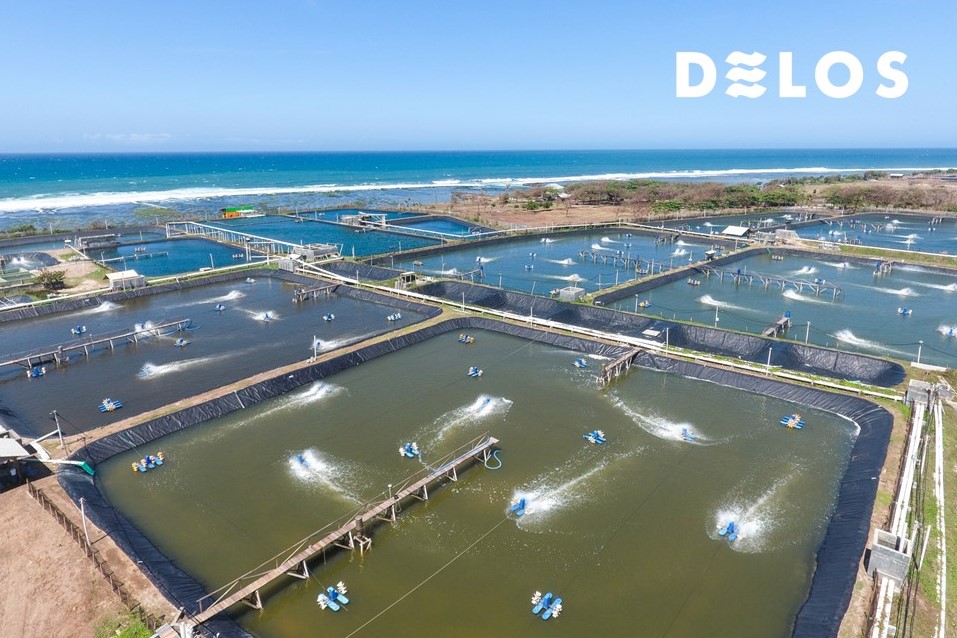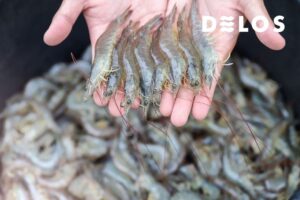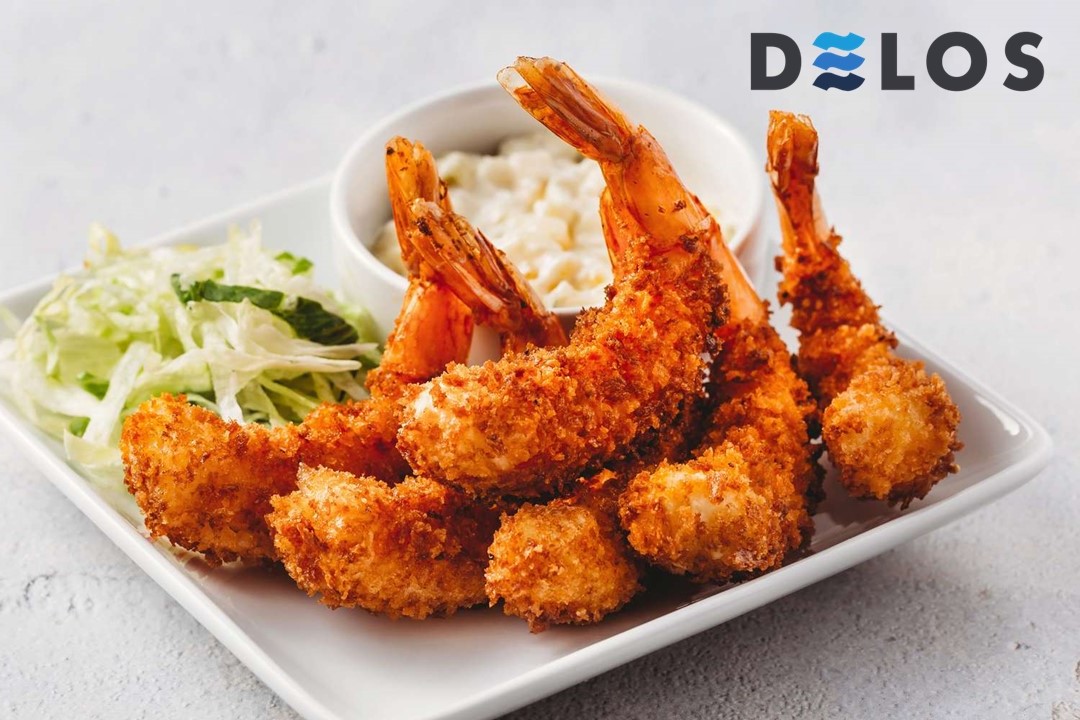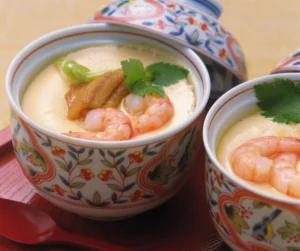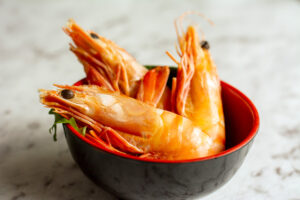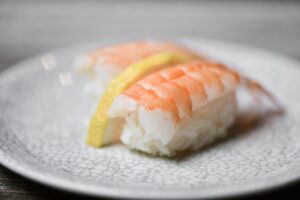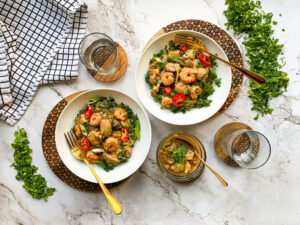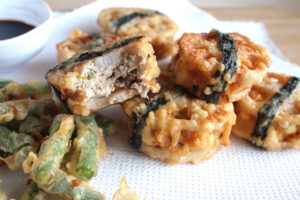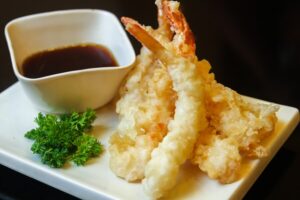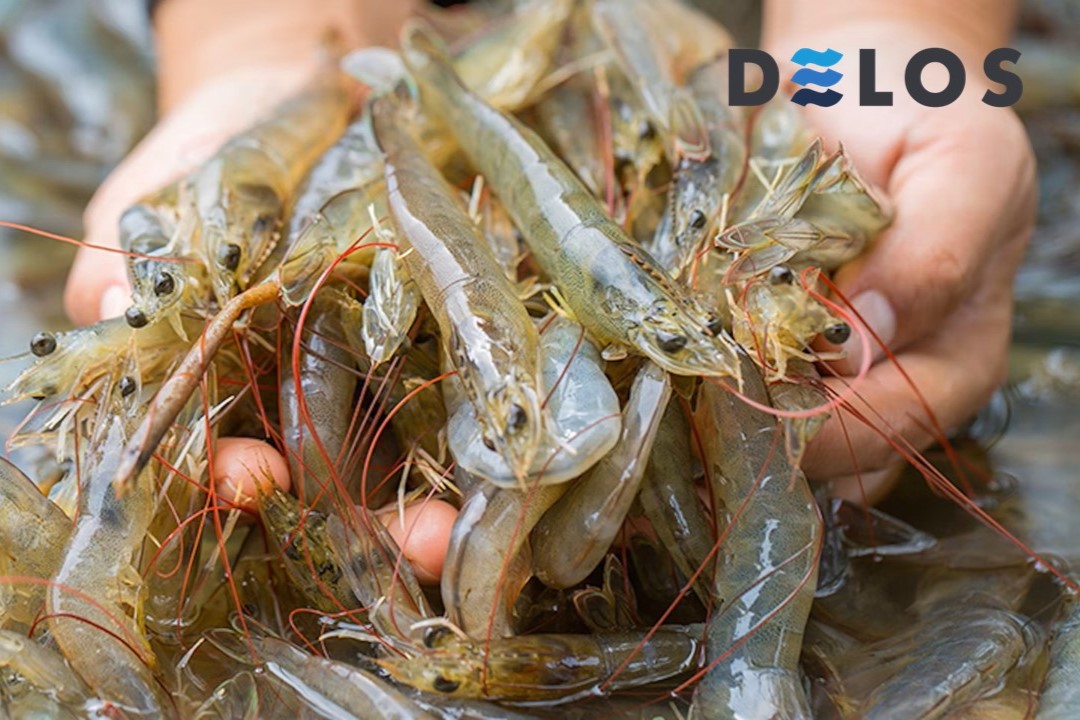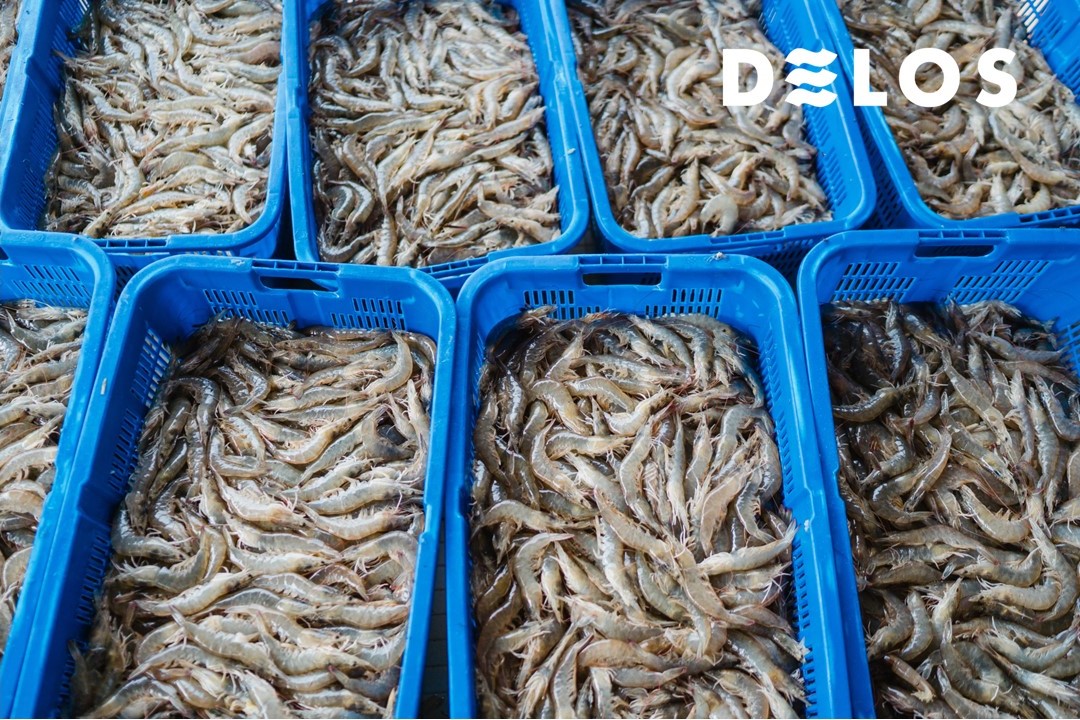7 Tasty Authentic Indonesian Shrimp Recipes
Indonesian shrimp recipes have their distinct flavours from each of their respective regions. Each region has its signature spices and herbs that make vannamei shrimp dishes delicious.
The slightly sweet and savoury taste of shrimp meat makes it a favourite seafood among people. This is true across various regions in Indonesia. Shrimp is also quite easy to cook, whether grilled, boiled, fried, or grilled.
Now, for those of you who want to try cooking authentic Indonesian shrimp dishes, here are the recipes. Read until the end!
Also Read: Function of Anco Shrimp Pond and How to Use It
Authentic Indonesian Shrimp Dishes
1. Shrimp with Padang Sauce
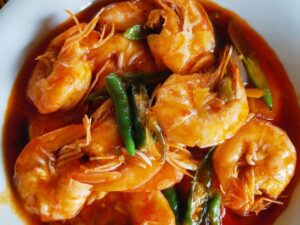
Who doesn’t know Padang shrimp sauce? As the name suggests, this shrimp dish comes from Padang City, West Sumatra. Padang shrimp sauce is shrimp cooked with Padang sauce, which has a savoury and sweet flavour. This dish is commonly found in seafood restaurants.
Ingredients:
- 500 grams of medium-sized shrimp
- 2 tablespoons lime juice
- 2 tablespoons chili sauce
- 1 teaspoon cooking vinegar
- 150 ml of water
- 1 teaspoon cornstarch, dissolved in a little water
- 8 curly chili peppers
- 5 red bird’s eye chilli peppers
- 3 shallots
- 2 cloves of garlic
- ¼ teaspoon whole pepper
- ½ cm ginger
- 1 teaspoon granulated sugar
- 1 teaspoon salt
Cooking Instructions:
- Peel the shrimp, remove the heads, and clean them thoroughly.
- Squeeze lime juice and spread it evenly over the surface of the shrimp, ensuring it is well coated.
- Heat oil in a pan, fry the shrimp briefly until they change colour, then remove and drain.
- Grind all the spices using a grinder.
- Heat 2 tablespoons of oil, sauté the ground spices until fragrant and cooked.
- Add chilli sauce, tomato sauce, vinegar, and water to the sautéed spices, then let it boil.
- Next, add the fried shrimp to the pan, and stir briefly.
- Pour the cornstarch solution into the mixture, stir until thickened, then remove from heat.
- Padang-style shrimp sauce, seafood style, is ready to be served and enjoyed.
Also Read: Understanding the Term “Anti-Dumping” in Shrimp Export
2. Manado Spicy Garo Rica-Rica Shrimp

Garo Rica shrimp is a traditional dish from Manado, known for its distinctive spicy taste. Using spices such as shallots, garlic, red chili peppers, bird’s eye chili peppers, tomatoes, lemongrass, ginger, granulated sugar, and salt, this dish offers a captivating spicy sensation. The shrimp used is large-sized tiger shrimp. You can find garo rica shrimp at authentic Manado or seafood restaurants.
Ingredients:
- 300 grams of shrimp
- 1 lime
- 2 lime leaves
- 1 handful of basil leaves
- 1 stalk of lemongrass
- 1 teaspoon mushroom broth
- Salt to taste
- 100 ml of water
- 15 red curly chili peppers
- 3 red bird’s eye chilli peppers or as desired
- 6 shallots
- 4 cloves of garlic
- 1 tomato
- 2 segments of ginger
- 1 stalk of lemongrass
Cooking Instructions:
- Clean the shrimp, remove the heads, and peel off the shells.
- Coat the shrimp with lime juice and a teaspoon of salt.
- Let it sit for 10 minutes until the marinade absorbs.
- Crush the Rica-Rica spices such as curly chilli peppers, bird’s eye chilli peppers, shallots, garlic, and tomato to a slightly coarse texture.
- Bruise the lemongrass and ginger until flattened.
- Add the Rica-Rica spices and sauté with a little oil. Add lemongrass, ginger, and lime leaves. Stir until fragrant.
- Add mushroom broth and 1 teaspoon of salt. Stir until well combined.
- Add the shrimp and stir until they turn orange.
- Don’t forget to taste and adjust the seasoning.
- Once the seasoning is right and the shrimp are perfectly cooked, add the green onions and basil leaves. Stir again until wilted and the shrimp dish is ready to be served.
3. Acehnese Shrimp Curry (Peulemak Udeung)
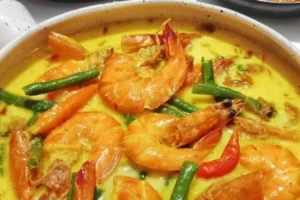
Shrimp curry is an intriguing dish to enjoy with warm white rice because of its captivating appearance. Made using medium-sized tiger shrimp, this dish is seasoned with a variety of spices such as shallots, garlic, turmeric, coriander, cumin, red chilli peppers, granulated sugar, salt, green chilli peppers, thick coconut milk, ginger, and lemongrass. The resulting taste is creamy and savory thanks to the presence of coconut milk in the dish.
Ingredients:
- 500 grams of shrimp, cleaned and heads removed
- 1 lime
- 1 stalk of lemongrass
- 1 cm ginger
- 6 large green chili peppers
- 350 ml thick coconut milk
- 750 ml medium coconut milk
- 75 grams of potatoes, diced
- 3 shallots
- 3 cloves of garlic
- 2 teaspoons of salt
- 1 teaspoon of granulated sugar
- 5 cm turmeric, roasted
- ¼ teaspoon coriander, toasted
- ¼ teaspoon cumin
- 8 red chili peppers
Cooking Instructions:
- Marinate the shrimp with lime juice, then let it sit for 15 minutes.
- Heat oil, and sauté the ground spices with lemongrass and ginger until fragrant.
- Add the shrimp, and stir until they change colour.
- Pour in thick coconut milk, and stir constantly until it boils.
- Add potatoes, then pour in the medium coconut milk.
- Stir constantly so that the coconut milk doesn’t break until the potatoes are halfway cooked.
- Add sliced green chilli peppers, and cook until the sauce thickens and is cooked.
- Acehnese-style shrimp curry is ready to be served.
Also Read: 10 Characteristics of Fresh Shrimp And Tips Before Buying It!
4. Semarang’s Gimbal Shrimp

Gimbal shrimp, also known as shrimp rempeyek, is a traditional dish from Semarang. Its main ingredient is shrimp coated with a mixture of wheat flour, rice flour, kaffir lime leaves, coconut milk, garlic, candlenuts, coriander, galangal, salt, pepper, water, and eggs. Usually, rempeyek shrimp is served as a complement to rice salad or soup.
Ingredients:
- 250 grams of medium-sized shrimp, washed and drained
- 2 eggs
- 100 grams of wheat flour
- 25 grams of rice flour
- 300 ml of coconut milk
- Enough cooking oil
- 1 tablespoon sliced garlic
- 1 teaspoon coriander
- 1 teaspoon salt
Cooking Instructions:
- Prepare a bowl. Mix the shrimp, eggs, and spices. Then stir well.
- Add wheat flour, rice flour, and coconut milk. Stir well.
- Heat oil in a pan. Pour hot oil over the batter for easy release.
- Fry until cooked and golden brown.
- Then lift and drain.
5. Belitung’s Shrimp Sambal Balacan
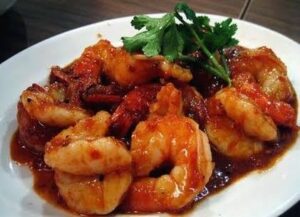
Shrimp sambal balacan, an authentic dish from Belitung, combines shrimp with rich-flavored balacan sauce. The sauce consists of shallots, garlic, red bird’s eye chili peppers, red chili peppers, shrimp paste, sugar, tomatoes, galangal, bay leaves, and salt. The resulting taste is spicy, savory, with a hint of sweetness.
Ingredients:
- 10 shrimp, cleaned and heads removed
- 5 red chili peppers
- 5 bird’s eye chilli peppers
- 1 small-sized tomato
- 1 onion
- 2 cloves of garlic
- 1 teaspoon shrimp paste or terasi
- 1 teaspoon salt
- 1 tablespoon brown sugar
Cooking Instructions:
- Briefly sauté the shrimp until they change colour, then remove.
- Crush the sambal ingredients, and sauté using the remaining oil used to
- fry the shrimp. Cook until done.
- Add the shrimp and mix well.
- Once cooked, remove from heat and serve.
6. Banjarmasin’s Ampal Shrimp
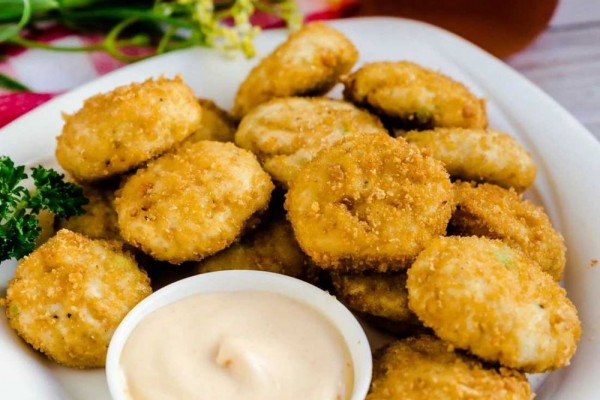
Ampal shrimp, also known as ampal undang in Banjarmasin, is one of the region’s specialties that is delicious. Although simple, this dish uses shrimp and grated coconut as its main ingredients, suitable to be served as a side dish with warm white rice at home.
Ingredients:
- 250 grams of shrimp
- Enough cooking oil
- 50 grams of grated coconut
- 2 kaffir lime leaves, thinly sliced
- 6 shallots
- 3 cloves of garlic
- ¼ teaspoon salt
- ¼ teaspoon coriander
- ¼ teaspoon ground pepper
- ¼ teaspoon chicken broth
- 1 segment of ginger
- 1 segment of turmeric
Cooking Instructions:
- Peel and remove the heads, shells, and tails from the shrimp.
- Crush shallots, garlic, coriander, ground pepper, turmeric, ginger, chicken broth, and salt.
- Crush the shrimp with the spices and mix well.
- Add grated coconut, sliced kaffir lime leaves, and mix well.
- Shape the mixture into flat rounds, and adjust the size according to your preference.
- Fry the mixture over low heat until cooked. Occasionally flip the mixture for even cooking.
- Remove when the ampal turns golden brown. Serve on a plate.
7. Palembang’s Pindang Shrimp
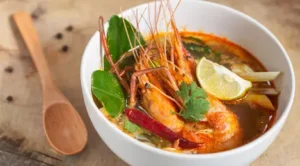
Pindang shrimp is a dish from Palembang that you can cook at home. This recipe uses pineapple to give the pindang a fresh and savoury taste. Meanwhile, the level of spiciness can be adjusted according to your preference. Here’s the complete recipe!
Ingredients:
- 500 grams of shrimp
- ¼ pineapple
- 10 red bird’s eye chilli peppers
- 1 bunch of basil
- 2 bay leaves
- 2 stalks of lemongrass
- 1 tablespoon oyster sauce
- Salt and sugar to taste
- 4 cloves of garlic
- ½ pack of shrimp paste
- 12 shallots
- 12 curly chili peppers
- 1 segment of galangal
- 1 segment of turmeric
- 2 stalks of green onions
- 1 tomato
Cooking Instructions:
- Clean the shrimp, and add lime juice. Let stand for 15 minutes then rinse with clean water.
- Slice the red bird’s eye chilli peppers, lemongrass, turmeric, green onions, and tomato.
- Grind the shallots and garlic. Add shrimp paste.
- Boil water. Add ground spices, lemongrass, bay leaves, and sliced spices. Cook until done so it doesn’t taste raw.
- Add pineapple and shrimp. Add salt, sugar, tamarind water, and oyster sauce. Cook until done.
- Add tomato, bird’s eye chilli peppers, and green onions. Before lifting, add basil leaves.
- Pindang is ready to be served.
Also Read: Types of Bacterial Diseases in Shrimp
Supporting the Increase in Vannamei Shrimp Production with DELOS!
Authentic Indonesian shrimp dishes have their unique flavours from each region of origin. Each region has its unique spices that make the shrimp taste more diverse. So, which shrimp recipe will you try cooking at home?
Let’s support the increase in Indonesian shrimp production in 2024 with DELOS. DELOS, along with shrimp farmers, is committed to improving the quality of Indonesian shrimp and ensuring sustainable shrimp practices.
Join DELOS to support Indonesian shrimp exports. Visit www.delosaqua.com or contact contact@delosaqua.com for more information.

